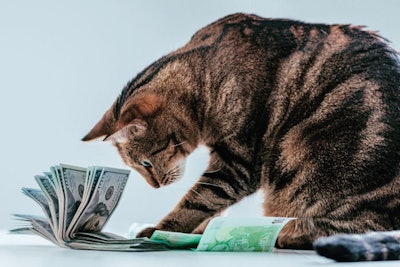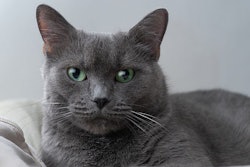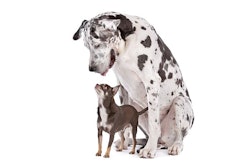
U.S. pet food producers’ costs to make canned dog and cat food have increased the most since December 2019, before the pandemic: by 38.8% for wet dog food and 25.4% for wet cat food through August 2022. Despite the much greater increase for wet dog food, the growing costs for wet cat food likely played a larger role in driving up the entire cat food category.
These data come from the latest producer price index (PPI), compiled, like the better-known consumer price index (CPI), by the U.S. Bureau of Labor Statistics. John Gibbons, who goes by the Pet Business Professor, has analyzed the latest PPI numbers for pet food through August 2022.
Pet food PPI increasingly influencing CPI
Overall, dog and cat food costs have increased 19.3% since December 2019, with a nearly steady rise (minus a few small plateus) since July 2021. Costs for “other” pet food (for pets other than dogs and cats) have soared 33.7% since December 2019, having begun an earlier increase starting in November 2020. While other pet food comprises a very small share of the U.S. pet food market, the fact that its costs keep rising at a higher rate mean it is starting to contribute more to the overall pet food PPI, Gibbons said.
Typically, it takes some time for PPI increases to impact retail prices, reflected in the CPI. Yet the accelerating pet food PPI is no doubt influencing the pet food CPI, which also keeps rising, reaching a record 13.1% year over year in August 2022. Gibbons has tracked the ratio between the pet food CPI and PPI: In December 2021, just nine months ago, it was 25.4%, creeping up to 31.6% in February 2022. As of August 2022, it stands at 67%. In other words, as he wrote, “the retail inflation rate for pet food is now 67% of the PPI increase for dog and cat food,” more than double what it was just six months before.
Limit to resilience of pet food market, pet owners?
Diving deeper into pet food sub-categories, the overall dog food PPI has risen 21.7% since December 2019; for all cat food, the increase is 19.7%. Unlike the wet breakdowns (again, 38.8% for canned dog food, 25.4% for canned cat food), dry/semi-moist pet food costs have fared a little better with both species: 15.5% for dog and 10.6% for cat.
That’s likely little solace for those of you reading this who are still facing rising costs for so many components of your pet foods, from ingredients to packaging materials to labor to shipping costs, you name it. And the bottom line is that the inescapable need to eventually pass along those higher costs to pet owners probably hurts worst of all, as more and more are compelled to cut back on pet food spending.
According to a survey conducted by the American Pet Products Association in June 2022, a higher percentage of pet owners of various age groups are planning to spend less on pet food due to financial concerns and constraints. Still, 68% of respondents said they would continue to buy their same pet foods—perhaps another sign of the pet food market’s resilience. Does it have a limit?















